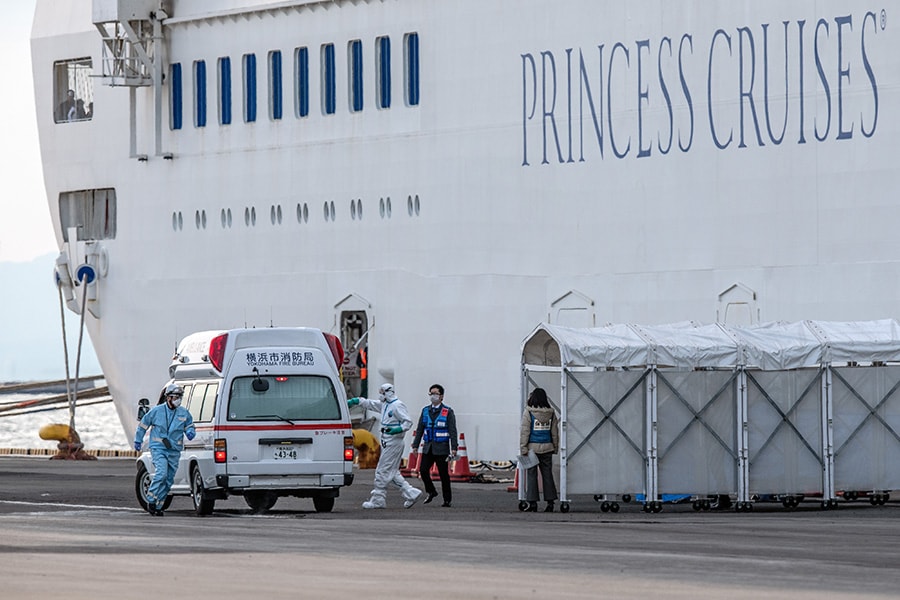
In coronavirus, $45-billion cruise industry faces a big challenge
The cruise lines have faced crises before, but COVID-19, as the virus has been named, whose ultimate worldwide spread is still to be seen, could be its biggest challenge yet
 Image: Carl Court/Getty Images
Image: Carl Court/Getty ImagesFor the cruise industry, the coronavirus is a public relations nightmare.
For more than a week, the world has watched as the Diamond Princess ship has been quarantined in the Japanese port of Yokohama, its 3,600 passengers and crew stuck and the number of people infected by the coronavirus climbing to at least 175.
A second ship has been sailing the South China Sea like a modern-day version of the Flying Dutchman, turned away from five ports over fears that a person onboard was infected.
Even thousands of miles from the outbreak, in Bayonne, New Jersey, four Chinese passengers aboard a cruise liner were briefly quarantined after health officials screened more than two dozen passengers. They turned out not to have the coronavirus.
The cruise lines have faced crises before, from their ongoing battles with the norovirus, which can tear through an entire shipload of passengers causing gastrointestinal problems, to the 2012 sinking of the Costa Concordia, whose captain ran it aground off the coast of Italy, killing 32 people. But COVID-19, as the virus has been named, whose ultimate worldwide spread is still to be seen, could be its biggest challenge yet.
“The longer ships like the Diamond Princess stay in the press, the more people who have never taken a cruise before think of cruising as a less than ideal vacation,” said James Hardiman, managing director of equity research for Wedbush Securities, who follows the industry.
©2019 New York Times News Service




